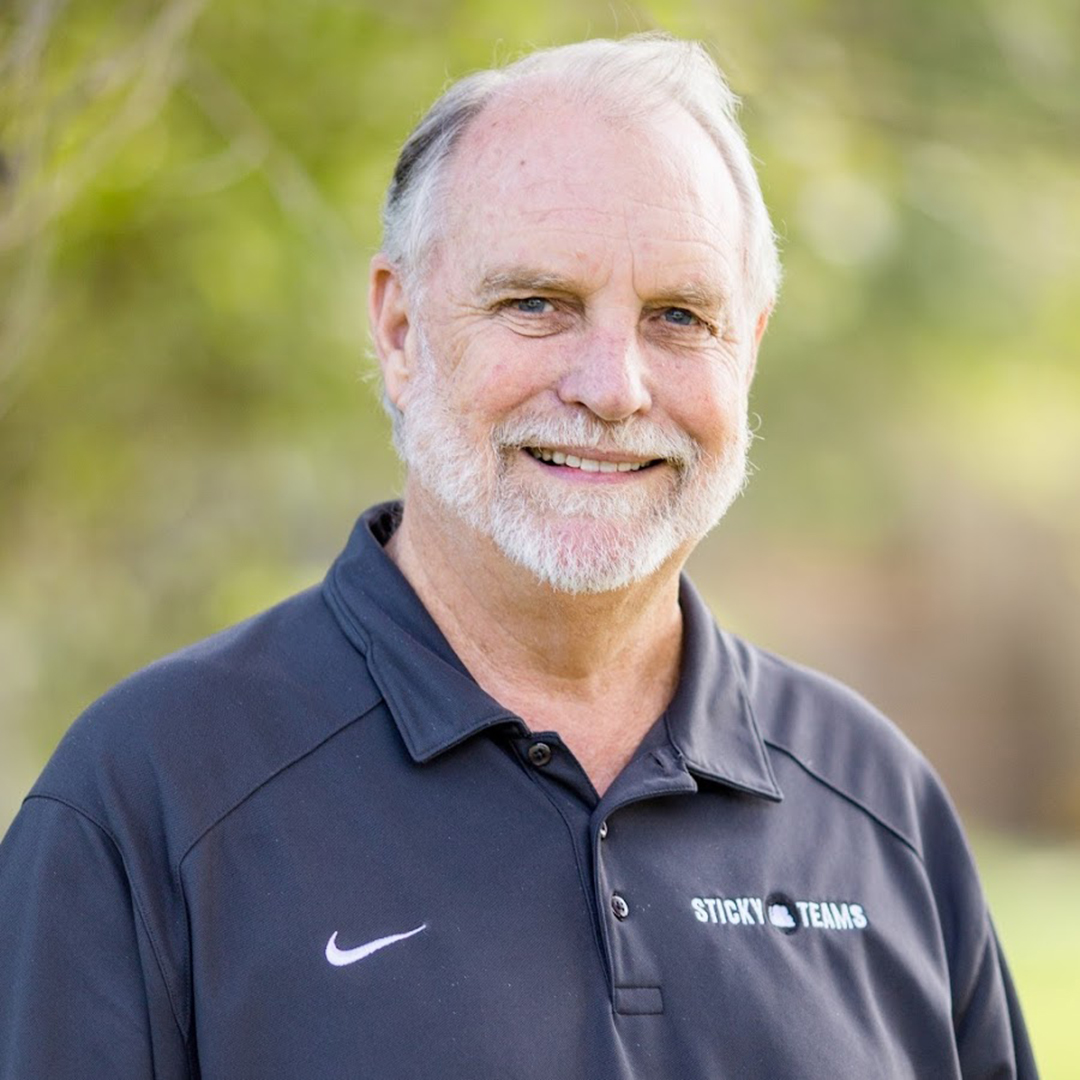God expects us to be spiritually contagious.
He desires that those who hang around us will see our good deeds and glorify Him on the day He visits. [iii] Yet, too often today, the world that hangs around us seems to see something else. And what they see doesn’t draw them. It repels them.
Those who love the darkness will always reject and ridicule those who bring the light. It’s nothing new. It shouldn’t surprise us when we are rejected or persecuted. It happened to Jesus and the early church. It will happen to us.
But at the same time, as Jesus and the early church were being persecuted they were also drawing people to themselves. They were contagious, so much so that the early church exploded with growth despite fierce Roman, Jewish and Satanic opposition.
So what’s happened today?
Why does the Western church see the persecution and rejection without the corresponding contagious attraction and growth? How is it that we’ve become either irrelevant (a quaint historical preservation society) or repulsive (a narrow-minded and intolerant slice of society) in the eyes of our peers?
To understand what’s gone wrong and what we can do to fix it, it’s helpful to compare evangelism and discipleship in the church today with what God originally intended. We’re supposed to be a church where three things happen: (1) Evangelism is natural, (2) People are changed, and (3) Our communities are made better.
Let’s look at each one of these traits more closely to see what’s gone wrong.
Evangelism Is Supposed to Be Natural—Not Contrived
When all is well, evangelism happens naturally, whether it means articulately sharing Christ directly or simply inviting our lost friends to come and see Christianity in action. When Christ has genuinely been set apart as Lord, people will be drawn to Him. They will want to find out more.
Unfortunately, the better we’ve gotten at producing evangelistic programs and special events, the more we’ve lost the art of natural conversation and the simple form of come-and-see evangelism that revolves around the timing of God’s work in the lives of our lost friends— instead of our church’s schedule of special outreach events.
As a result, most modern-day recorded decisions for Christ are the result of some sort of special outreach events. That’s not to say that these decisions are not genuine decisions for Christ. Many are. Our special events produce genuine Christians. But trying to reach our world with special outreach events is like trying to populate our earth with artificial insemination.
Artificial insemination produces real babies who are a great blessing to those who otherwise would have no children. These kids grow up into real men and women, blessings to their community. But it’s an awful expensive and inefficient way to have children. And it would never work as a plan to fill the earth.
People Are Supposed to Be Changed—Not Merely Touched
I minister in San Diego. It’s pretty much a post-Christian culture. There are few, if any, remaining signs of cultural Christianity. Hardly any of my neighbors go to church—even on Easter.
In some ways, that’s a good thing. Because around here it’s much easier to figure out who is a Christ follower and who isn’t. There’s no need to pretend to be a Christian if you aren’t one. Even better, when presenting the gospel, I run into few people who have been spiritually inoculated.
Let me explain.
One of the best ways to keep someone from getting a disease is to inoculate them with a small dose of the disease. That’s exactly what the American church did for decades. Many of our churches confused Christianizing our culture with reaching people for Jesus. They considered it a win to offer prayer before a football game, an invocation at a city council meeting, or to place a manger scene in the city square.
When huge crowds swelled attendance at Easter and Christmas Eve, most of us saw it as a good thing. Even if none of them showed up again until next year, we figured that at least they had a taste of the gospel. When a 1990 Gallup Poll showed a record 74 percent of U.S. adults over 18 claimed to have made a commitment to Christ, many saw it as a great thing, the possible forefront of a national revival.[iii]
It was anything but. In the long run, all we did was inoculate an entire culture. They were touched, but not changed. And now they have just enough of the antibodies to make catching the real disease nearly impossible.
Our Communities Are Supposed to Be Made Better–Not Bitter
For far too long we expected our communities to do something for us instead of us doing something for our communities. As a result, many non-Christian community leaders have come to see us as a leach, expecting special favors, sucking tax dollars, and offering nothing of value to those who don’t go to church.
Thankfully, there are many churches that have recently taken a different tack. They’ve made it their goal to serve their community so well that they’d be sorely missed if they left. Many have done it so well that they’ve received commendations and awards from both city and government leaders.
Unfortunately, much of the damage has already been done. After decades of taking, many community leaders still have a knee-jerk negative response to our churches, so much so that legal battles to expand or build a church have become commonplace. NIMBY (Not In My Back Yard) seems to be the prevailing attitude of the day.
Once again, we have brought this upon ourselves. We’ve been salt in the saltshaker. And though many of us are now getting out of the saltshaker and into the community, we have a long way to go until the prevailing attitude becomes, “Did you hear the good news? They’re starting up a new church in our community.”
Can We Stem the Tide?
All of these things have contributed to an increasingly negative overall view of Christians, churches, and pastors.
The local church is God’s plan A. There is no plan B. When the church repels (or becomes irrelevant), the ministry of Jesus is thwarted. We are His bride, His body, and His family. When we fail to show His beauty and grace, there is no one to step up and take our place.
Frankly, we’ve been overrun by a cultural tsunami. The culture wars are over. We lost. But that shouldn’t cause us to give up hope. We are in far better shape than the early church was in Rome. The hostilities we face and the cultural opposition are nothing compared to what the early church faced.
Yet I am hopeful. The tide can be stemmed. My hope is not in human efforts. My hope is in Jesus’s promise. He said he would build his church, and the gates of hell could not hold it back. I believe that as we take note of our drift and humbly realign our churches and ourselves with our God-given mission and calling, we have every reason to believe that God can and will work powerfully.
This blog series is based on the new FREE eBook Mission Creep: The 5 Subtle Shifts That Sabotage Evangelism & Discipleship by Larry Osborne. Download it here.
Related Articles
Larry Osborne is one of the Senior and Teaching Pastors at North Coast Church in Vista, California. Under his leadership, weekend attendance has grown from 128 to over 10,000. Recognized nationally as one of the Ten Most Influential Churches in America and one of the most innovative, North Coast Church pioneered the use of Video Worship Venues and is one of the leaders in the Multi-Site movement with over 31 local worship options each weekend – each one targeted at a different missional demographic. Over 90% of North Coast’s average weekend attendance participates in weekly Sermon-Based Small Groups, a concept that is spreading across the nation as an alternative to traditional small group methodologies. Larry’s book’s include, Innovation’s Dirty Little Secret, Accidental Pharisees, Sticky Teams, Sticky Church, The Unity Factor, A Contrarian’s Guide to Spirituality and 10 Dumb Things Smart Christians Believe.







